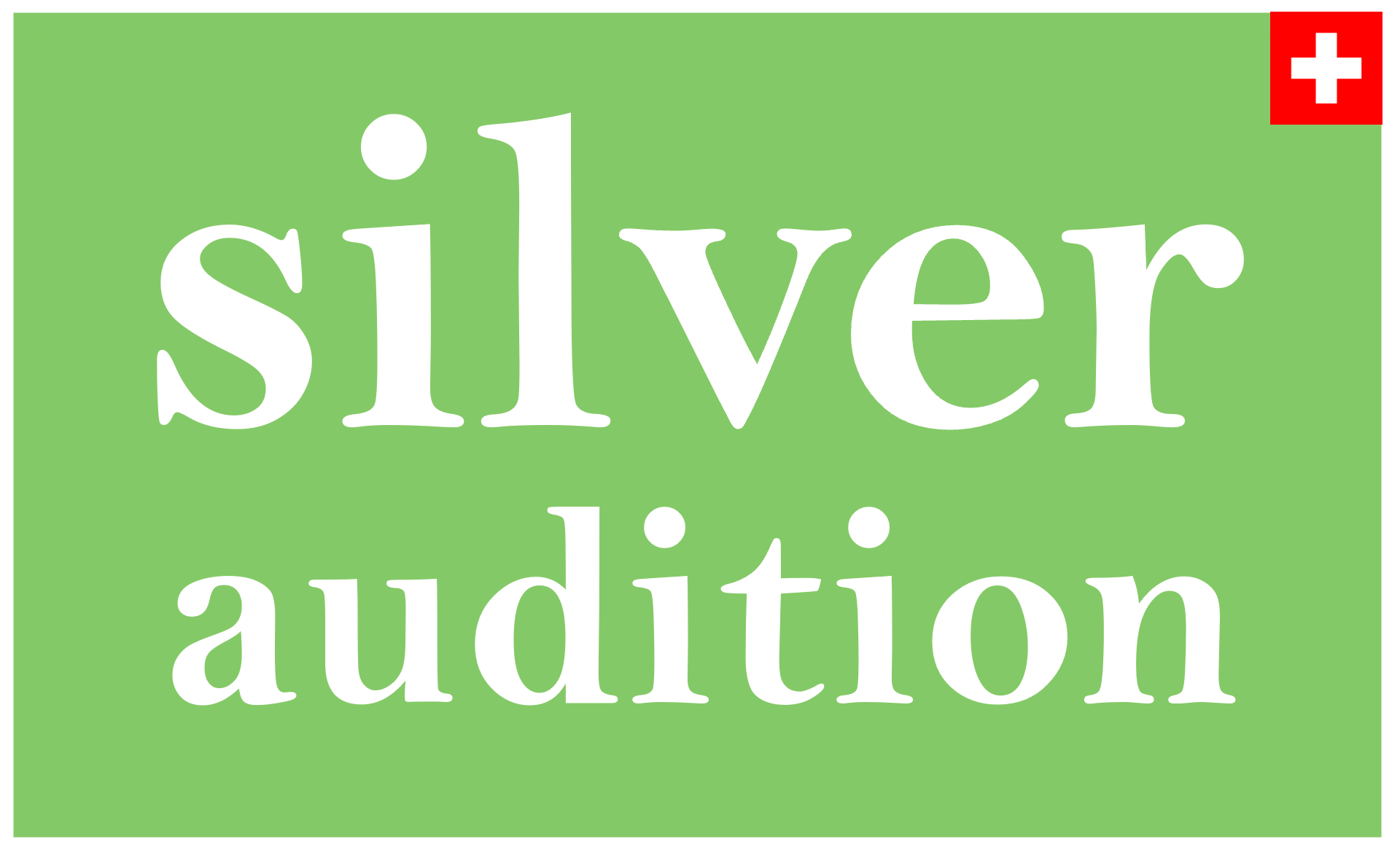Recent innovations in hearing aids
Hearing aids have come a long way recently. These intelligent devices absorb, amplify and process sound, supporting hearing. Today's models are sophisticated, elegant and almost invisible. They offer a variety of styles, features and technologies to ensure exceptional sound quality and an optimal hearing experience. With so many options, the choice is difficult. By taking key factors into account, you can select the device that best suits your needs and lifestyle.
01
The style of the hearing aids
Hearing aids come in two main styles: behind-the-ear (BTE) and in-the-ear (ITE). BTE models house most of the electronics behind the ear, offering high power and advanced features such as charging and Bluetooth connectivity. ITE models, on the other hand, are customised to fit perfectly in the ear canal, offering greater discretion. Choose the style that best suits your aesthetic preferences and everyday comfort.

02
Adapting to your lifestyle
Your lifestyle plays a crucial role in your choice of hearing aids. Whether you're active, work in noisy environments or enjoy social activities, it's essential to choose hearing aids that meet your specific needs. Features such as water resistance, multi-device connectivity and automatic adjustments can greatly enhance your day-to-day hearing experience.

03
Budget and investment
Investing in hearing aids is an important decision. Prices vary according to the type of device and the technologies incorporated. Think of hearing aids as a long-term investment, with a lifespan of up to 10 years or more. Compare the options available to find a balance between quality, functionality and budget.

04
Technology and functions
Technological advances have transformed hearing aids, offering features such as digital noise reduction, voice recognition, wireless connectivity and tinnitus management. The latest models are also rechargeable and compatible with a range of electronic devices. Talk to your hearing care professional to identify the technologies that will best enhance your hearing experience.

Need help? Contact us!
Questions about our services or offers? Call us directly or book your appointment online to benefit from personalized support.
Book a meeting
+41 21 801 65 65
